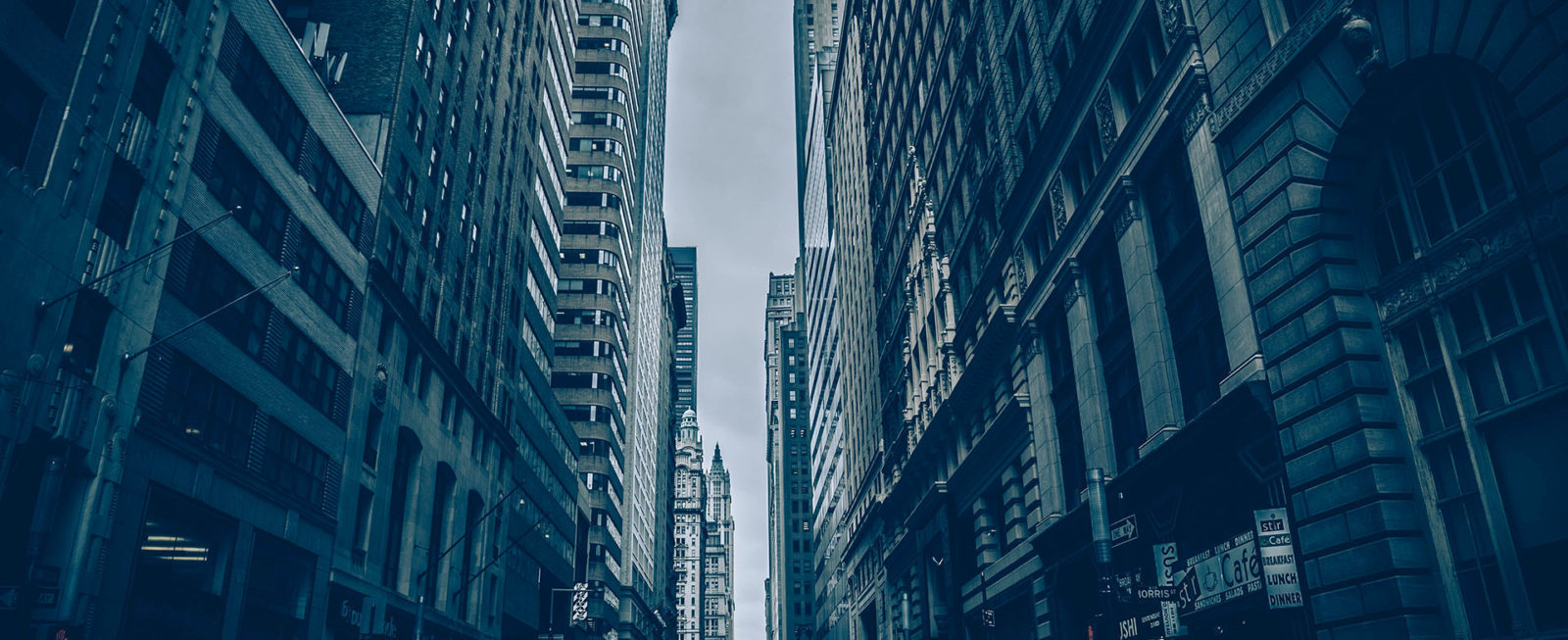Destruction of houses of worship constitute particularly poignant spectacles for caring people, for people of faith. It’s easy to overlook that Notre Dame Cathedral is, or was, an operating Catholic church, with working clergy, schedules, events, organ recitals and daily worship services. Someone orders the thousands of votive candles consumed each week, makes sure the newsletter is up to date.
Twelve million tourists, a bazaar-like quality to the plaza in front, and the shrinking number of practicing Christians in a troubled nation like France notwithstanding, at its heart the Cathedral is a stunning gesture of sustained faith that took four generations to complete.
Marvelous in its Medieval engineering and architecture, rich in its art holdings, Notre Dame is essentially a mighty expression of faith.
As Jews, while we don’t share the faith of our Christian friends, we empathize with the anguish people of other faiths feel watching their great symbols nearly wrecked in flame.
Yet, watching on TV the fire consuming much of Notre Dame de Paris, I couldn’t help but think of a differently consequential fire. Namely, the 70 C.E. destruction of the Second Temple in Jerusalem.
No one took video of the Second Temple coming down in rubble and flame. A million times as many people watched the roof of Notre Dame burn than likely witnessed the event in Jerusalem. No one pledged a hundred million Euros, two hundred million Euros, the next morning to rebuild. No heads of state lamented it. No brigades of clergy and firefighters rushed in to save artifacts — artifacts that exist only in memory.
The Second Temple had lasted about 600 years. In a kind of rough symmetry, the last of the Roman Empire would collapse four centuries later. It would be attacked and sacked, just as it had attacked and sacked the Temple.
The ensuing Medieval period, let’s say, was one of contrasts. At its best, it produced masterpieces of art, technology, engineering, and architecture that, to this day, cause us to catch our breath at the sight of them. To many, Notre Dame stands at the pinnacle of these achievements, enduring for nearly a millennium.
I’ve always loved the Gothic cathedrals. Not exactly because they’re churches, but more precisely because of the awesome way in which I can sense the strength of others’ faith in God as they understand God, and of the durability and historicity of their belief. As fellow travelers on earth, we can be moved when witnessing this strength, even though as Jews we don’t share the accompanying faith. My admiration for these massive structures, to be sure, is tempered by what they must have symbolized to marginalized European Jews throughout the centuries.
Early pictures from within Notre Dame showed a gleaming cross standing, serenely, over a sculpture of a newly crucified Jesus in the arms of his mother. For Christian faithful, this must surely signal them with an assurance that we would feel should an ark and Torah within somehow survive the conflagration of a synagogue.
So be it.
Since that fateful day in 70 C.E., we are people not of a place, but rather of book and word. Most of even the most Orthodox among us view the re-establishment of a Third Temple as more a concept for a mystical, mysterious future Messianic age, than something for which to launch a fundraising drive. Still, we build synagogues and fill them with our own art and objects to aid worship. That’s why we feel sadness at others’ losses, whether Notre Dame or a peeling, wooden country church in the rural south.
We know that anti-Semitic acts are one the rise in Europe, including France. What an irony that Hitler sought to reduce Notre Dame to rubble. When it comes to historic churches and cathedrals, our curiosity and love of travel and art combines with an ambivalence bred of a long history from when churches represented more malevolent forces.
Shortly we’ll celebrate and commemorate our story of deliverance and its accompanying signs and wonders. (And following the Exodus, our ancestors received instructions for the seminal, if more transitory, place of worship.) Our Christian friends will mark Resurrection, the formative event of their faith. As Parisians mourn the near destruction of the cultural and religious center of their city, we join them in a spirit of empathy as we review the meaning of the faiths we practice as God’s children under the stars.

Comments are closed.